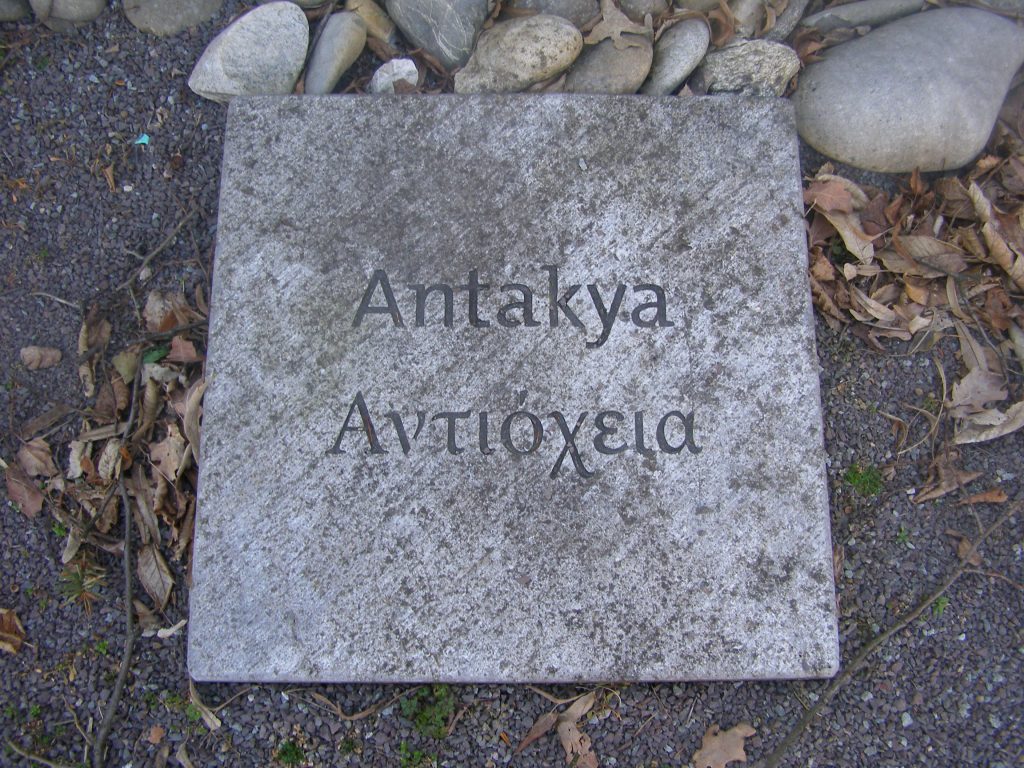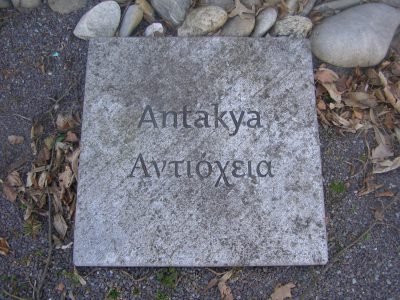
Toponym
After the Battle of Ipsus in 301 B.C., Seleucus I Nicator won the territory of Syria, and he proceeded to found four ‘sister cities’ in northwestern Syria, one of which was Antioch, a city named in honor of his father Antiochos; according to the Suda, it might be named after his son Antiochos.
Administration
The Ottoman sancak Antakya consisted of the four kazas Antakya (Antioch), Şuğur/Kesab, Iskenderun/Alexandretta, and Belen.
After World War I, Antioch and İskenderun were occupied by France. In 1923, France received the official League of Nations mandate for both cities and Syria. Administered by Damascus, Antioch retained a status as an autonomous area. Nevertheless, Mustafa Kemal’s followers were welcomed with open arms here as well. It is said that it was he who gave the area the name Hatay, in reference to a former Hittite principality.
In 1938, the state of Hatay was proclaimed in Sancak Alexandrette with Antioch as its capital. The Sancak Alexandrette in turn joined Turkey after a referendum in 1939.
Armenian Population
“The sancak of Antakya/Antioch took in, roughly speaking, the whole of the southern part of the Amanus mountainous region and the Mediterranean coast from Alexandretta to the mouth of the Orontes River. On the eve of the First World War, the 31,000 Armenians of the region were concentrated above all in the two mountainous regions just mentioned, as well as in a few towns, beginning with Alexandretta and Beylan. In the prefecture, Antioch, there were just over 200 Armenians, but there were also six little towns as well as several small villages to the west, in the foothills of Mt. Moses (Musadağ), in which 8,500 Armenians lived – Yoğunoluk, Hacihabibi, the two neghboring hamlets of Trzhnik and Karaçay, Bitias, Nor Zeitun/Şalihan, Kıdırbek, Vakıf, Kebiusia/Körderesi, and the little port of Çevlik, which served the villages of Mt. Moses as their outlet to the sea. It was in this mountainous region that, beginning in late July 1915, the Armenians resisted the attacks and shelling of the Turkish troops for 40 days, and were then saved thanks to a spontaneous intervention by French warships.”[1]
